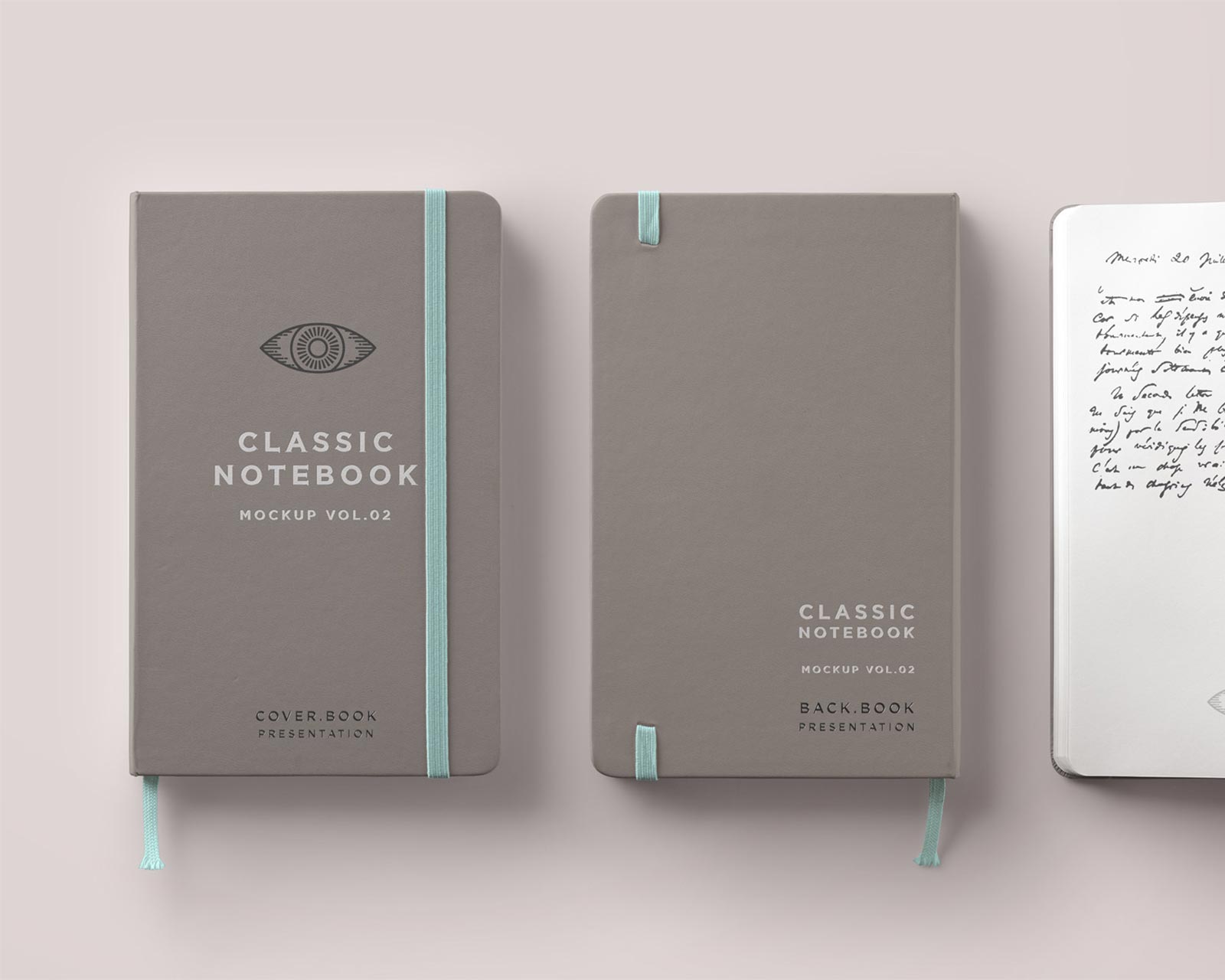In a report for my accounting class for school, I wrote a story on John DeLorean. Here is the report for those interested, it’s quite a read and a lot that I never realized in his rise, and fall.
__________________________________________________________
The Rise and Fall of John DeLorean
By: Evan Beaulieu
John DeLorean’s legacy in the car industry is like no other. He created many of the greatest cars to take to the streets. With cars like the Pontiac GTO and the Chevrolet Nova, John DeLorean was making a name for himself in the car industry. However, he was never fully satisfied answering to a higher up, and with his impulsive and overbearing attitude, he “fired GM” and went on to create his own car company to try and bring them down.
The son of a Ford factory worker, John DeLorean was born on January 6, 1925 in Detroit, Michigan. His parents split up when he was young, and his father moved into a boarding house and became an alcoholic. The two barely saw each other and when they did, John’s father was usually too drunk to communicate. John attended Lawrence Industrial College and excelled in the study of Industrial Engineering. His studies took a backseat however during World War II, and DeLorean was drafted into the U.S. Army. He served for three years before getting an honorable discharge. After the war, DeLorean finished his degree at Lawrence, but instead of going into the field with his degree, he began selling life insurance. He later attended and graduated from the Chrystler Institute with a Master’s Degree in Automotive Engineering. He was hired onto Chrystler’s engineering team after graduating, but his time there lasted less than a year.
DeLorean moved on to work at the Packard Motor Company as an engineer and quickly received praise from his bosses. However, Packard was experiencing financial difficulty, and with many question marks over the company, including a proposed merger with American Motor Company (AMC), he began to look elsewhere. His big break came when he got a call from Oliver K. Kelley, vice president of engineering at General Motors, a man that DeLorean admired. He offered him his choice of five jobs at GM.
He chose to work for Pontiac as an assistant to chief engineer Semon Knudsen. Upon his arrival, Pontiac was in rough shape just as Packard was, with a reputation of being an “old ladies car” and failing to reach the new demographics of young adults. DeLorean was keen to turn this around however, and did so by creating one of the most storied cars of all time, the Pontiac GTO. While any new car is the hard work of many individuals, including designers, engineers and marketing, DeLorean became the golden boy of Pontiac, and was promoted to division head, breaking the record of youngest division head manager at age 40. He then created the iconic Firebird and the new Grand Prix. After a rough economic slump which saw the car industry in the red, Pontiac was still profitable under DeLorean. The GM heads took notice and promoted him once again, this time to head Chevrolet.
Just as in his past two jobs, Chevrolet was experiencing financial troubles with slowing sales, and he turned the company around. After producing the new Camaro and regaining control of the assembly lines, DeLorean was well on his way to another promotion. By 1971, Chevrolet was having record sales, as they matched the entire Ford Motor Company. After some time trying to resurrect the Chevrolet Vega, John DeLorean resigned from his position at GM in 1973. There have been many rumors as to why he left the company, including the drop in the Chevrolet Vega and the powers in Detroit not approving of his lifestyle, which including a reputation of being a swinger, and sort of a celebrity to many. Others believe that John was tired of GM and wanted to bring them down with his own company. Inevitably, after writing a memoir that sold 1.6 million copies, he created the DeLorean Motor Company.
The DeLorean Motor Company (DMC) was John’s next venture. He need $175 million to begin the company, and had over 100 investors he had gained through his celebrity like lifestyle he had at GM, including being named People Weekly’s Auto Prince. With such a great background, many people, including late night talk show host Johnny Carson, to invest in his new company. DeLorean actually used little of his own money, estimated around $700,000, to start the project. The Auto Price had the life, and lived like royalty in a $7.2 million, 20-room Fifth Avenue duplex, a $3.5 million estate in New Jersey and a $4 million California ranch. His new offices were in a New York skyscraper that towered as high as GM’s building in Detroit. With an estimated worth of $28 million, he had finally made his dream come true, and was a real American success story.
The company itself all began with the DeLorean Safety Vehicle in the mid-70s, and in 1981, the first DeLorean DMC-12’s were rolling out of the factory in Dunmurry, Northern Ireland. The car featured a sleek design, and had a sports car feel. The car was granted immortatilty, a term John DeLorean used himself, when it was used in the popular 1985 film “Back to the Future.” The car however, didn’t appeal to the consumers, and was struggling in sales. He expected to sell 12,000 DMC-12s in the first year, but he only had sales close to 3,000 cars. Faced with failure, DeLorean began to get desperate.
Former drug smuggler turned FBI informant, James Goodman, was informed of the struggling company, and in 1982, he called DeLorean to discuss an investment opportunity that could save his company. The plot however, was to catch a high profile smuggler William Hetrick. The deal was to front money to smuggle $24 million worth of cocaine into the country. DeLorean however, avoided the situation and did not pay money. The smugglers got his attention however, when they threatened to kill his daughter if he didn’t cooperate. When he went to the meeting on October 19, 1982, he, along with a Hetrick, were arrested for drug trafficking. While being arrested, John DeLorean missed a call from a banker who was willing to loan $200 million in an effort to save his company.
After spending 10 days behind bars, the trials began. After overwhelming evidence that he was in on the deal, including video evidence oh DeLorean at meetings in Washington D.C.’s L’Enfant Plaza Hotel as well as L.A.’s Bel Air Sands and the Sheraton Plaza, which was where the exchange of money had taken place. His lawyer did his job however, and DeLorean was found not guilty because of entrapment in 1984. In a Rolling Stone interview, he claimed that he was only using trying to get stock in a shell company as collateral, and he tried to back out of the deal after he found out that drugs were involved. Until his death, DeLorean believed this was a government plot to bring him down due to the hold of the car industry the “Big Three” had, and they did not want to be tested.
Still trying to bring his company back, DeLorean had used many shady dealings and even was found practicing the signature of Colin Chapman, the late founder of the Lotus car company and a partner in the DeLorean vehicle, and the late Sir Kenneth Cork, an accountant and his official receiver in Britain. After his wife divorced him in 1985, a federal grand jury indicted him for income tax evasion and mail and wire fraud on evidence that he had bilked DMC investors, siphoning the funds into his private bank account. However, he was never convicted of the crime. The firm that was handling his business was renowned accounting firm, Arthur Anderson, the same company that was involved in Enron’s demise in the early 2000s. The company was sued by the British Government for not finding fraudulence in DMC. In 1999 Andersen settled out of court for $27.7m paid to the 260 creditors to avoid further litigation, in a case requiring testimony from the former Prime Minister, Margaret Thatcher, and several ex-Cabinet ministers. Two years earlier Andersen had also agreed to pay $35m to the UK government after admitting liability.
DeLorean’s dream had collapsed, and with it most of his assets. He somehow hung on to his apartment in New York and his ranch in California while he still owed many investors. When his company closed, he owed $180 million to investors. He became a born again Christian through the entire process, but was still under fire from many of his investors. Carson had lost $1.5 million in the deal, and DeLorean was forced to pay a California inventor $500,000 to buy back his own invention. His case counselor Howard Weitzman was still owed $2 million that he never saw. In 1995 a jury ordered him to pay the law firm of Morganroth and Morganroth $10.3 million in unpaid legal fees. In 1998 a New York jury ruled that DeLorean’s accounting firm owed DMC investors $46 million, plus $65 million in interest. He also had charges of embezzlement in Detroit of up to $8.5 million.
John DeLorean finally filed for personal bankruptcy in 1999, and creditors were given 91 cents to the dollar, which was much more than they had expected. By that time however, most of his original investors were either dead, or had given up and dropped the charges. He continued to talk about resurrecting his company, and claimed he had been building a new DMC2, but it never hit the streets. He also tried to sell stainless steel, DMC watches for $3,495 on the internet, but he was not able to pocket any of the money as it was still extant over the Morganroth debt.
On March 19, 2005, John DeLorean died of a stroke at the age of 80. After owing millions for his original $700,000 investment, his story is truly one of the most unfortunate, as he had made his way to the top, and went down as quickly as he rose. However, he was very lucky and smart to evade the multiple charges against him, and he only spent 10 days behind bars. His legacy still lives on however, as the DMC company has been resurrected under a new company out of Humble, Texas. They are currently working on electric DMC-12s and have already put many on the road with hopes of making them available to the public in 2013. It is believed that 7,500 of the original DMC-12s are still on the road today, and John DeLorean still has thousands of devoted fans. His story is one of the most iconic in the auto industry, and proves just how hard the business can be. Fittingly, DeLorean once appeared in a Cutty Shark Whiskey advertisement, in it said, “One out of every 100 new businesses succeeds. Here’s to those who take the odds.”
Bibliography
“DeLorean Motor Company.” DeLorean Motor Company. N.p., n.d. Web. 25 Nov. 2012. <http://delorean.com/>.
“John DeLorean.” John DeLorean. N.p., n.d. Web. 25 Nov. 2012. <http://www.nndb.com/people/994/000022928/>.
Manning, Jason. “10. The Rise and Fall of John DeLorean.” 10. The Rise and Fall of John DeLorean. The Eighties Club, 1 Jan. 2000. Web. 25 Nov. 2012. <http://eightiesclub.tripod.com/id305.htm>.
Navias, Rob. “1984 Year in Review.” UPI. United Press, 30 Dec. 1984. Web. 25 Nov. 2012. <http://www.upi.com/Audio/Year_in_Review/Events-of-1984/John-DeLorean-Trial/12311825972512-9/>.
POTTER, NED. “Back to the Future: DeLorean Plans an Electric Car.” ABC News. ABC News Network, 19 Oct. 2011. Web. 25 Nov. 2012. <http://abcnews.go.com/Technology/back-future-delorean-plans-electric-car/story?id=14761822>.
Reed, Christopher. “John DeLorean.” The Guardian. Guardian News and Media, 21 Mar. 2005. Web. 25 Nov. 2012. <http://www.guardian.co.uk/news/2005/mar/21/guardianobituaries.usa>.






